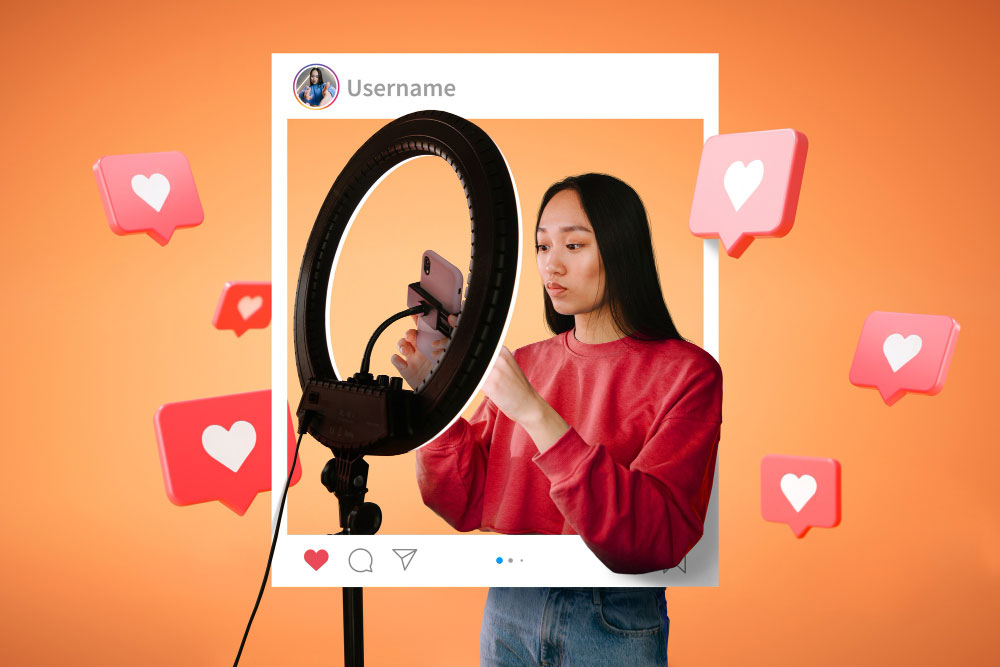Are You Making this Influencer Marketing Mistake?
 You decide to start using social media influencers in your marketing to broaden your appeal and reach a new audience. Cheers for you!
You decide to start using social media influencers in your marketing to broaden your appeal and reach a new audience. Cheers for you!
But then you make the biggest bone-headed mistake ever, causing confusion, mistakes, loss of reputation, money… heck, in extreme cases this could cost you your business.
What’s the mistake?
Not getting a written agreement with each of your influencers that outlines exactly what you expect from them, what they are allowed to do and say, and even what it is that you explicitly do NOT want them to say.
You and the influencer might be friends. You think they’ll know what you want, so there’s no need to hammer things out. After all, they know what they’re doing… right?
But even with the best of intentions, misunderstandings can happen, details are overlooked, things are done or said that never should have happened and now there’s a firestorm of angry customers who just discovered something about you (true or not, doesn’t matter) that they don’t like.
Safeguarding your business means getting a written agreement before channeling your funds into an influencer marketing campaign. With a written agreement, there are no questions of what should be said or done. Misunderstandings are few and you get what you want, rather than a jarring surprise that has you putting out social media fires at 2a.m.
Here are the key components to an influencer agreement. It’s up to you how many of these you use in your business:
Deliverables
Content Type – Clearly outline the specific type of content you expect from the influencer, whether it’s an Instagram story, a blog post, or other formats. This helps in setting clear expectations and ensures that both parties are on the same page.
Go-live Dates – Nail down the exact dates when the influencer is supposed to publish or share the content. This adds a time element to the agreement, allowing you to plan and coordinate other aspects of your marketing strategy.
Platforms – Clearly mention the platforms where the content will be shared. Whether it’s Instagram, YouTube, or any other social media platform, defining this upfront prevents misunderstandings later on.
Hashtag Guide – Establish a clear guide for the use of hashtags. This not only ensures consistency in branding but also aids in tracking the performance of the campaign across social media platforms.
Specific Features or Callouts – Highlight any specific features or callouts you want the influencer to include in the content. This could be product features, promotions, or key messages that align with your marketing goals.
Brand Objectives
Collaboration Goals – Outline the core goals of the collaboration. Whether it’s increasing brand awareness, driving sales, or promoting a specific product, clearly define the overarching objectives.
Performance Metrics – Detail the key performance metrics that will be used to measure the success of the campaign. This could include metrics such as engagement rates, click-through rates, or conversion rates, depending on your goals.
Payment Terms
Payment Timeline – Decide on a payment timeline. Clearly state whether the influencer will be paid upfront, in milestones, or after the completion of the campaign. This helps manage expectations and ensures a smooth financial transaction.
Performance Bonuses – If applicable, set out any performance bonuses based on specific achievements or milestones. This incentivizes the influencer to actively contribute to the success of the campaign. I HIGHLY recommend using performance bonuses.
Currency – Mention the currency in which payments will be made if influencers are from different parts of the world.
Usage Rights
Content Ownership – Clarify whether you are licensing the content for a specific period or if you will own the rights to the content. This is crucial for future use and repurposing of the influencer’s content (Hint hint).
Copyright Issues – Decide who will handle copyright issues if they arise. This ensures a clear process for addressing any legal concerns related to the content created by the influencer.
Guidelines
Brand Specifics – Lay out any specific guidelines regarding how your brand should be represented. This could include color schemes, logo usage, and other brand-related elements to maintain a cohesive brand image.
Off-limits Topics – Clearly list any topics or themes that are off-limits. This prevents the influencer from creating content that might be inconsistent with your brand values or messaging. For some brands this is CRUCIAL…you know who you are.
Data Insights
Post-campaign Metrics – Define the specific metrics you will need post-campaign to evaluate its success. This could include data on reach, engagement, conversion rates, and other relevant analytics.
Reporting Deadline – Set a deadline for the influencer to report these insights. This ensures that you receive the necessary data in a timely manner for analysis and reporting.
Legal Obligations
FTC Guidelines – Remind the influencer of the legal obligations. For example, if you are based in the US, mention compliance with Federal Trade Commission (FTC) guidelines regarding disclosure and transparency in influencer marketing.
I know this is a LOT. But much of it can become your boilerplate, whereby you simply pull up the same form you always use and change a few specifics for each campaign.
By addressing each of these aspects in your influencer contract, you create a comprehensive and transparent agreement that minimizes the risk of misunderstandings and sets the stage for a successful collaboration.














